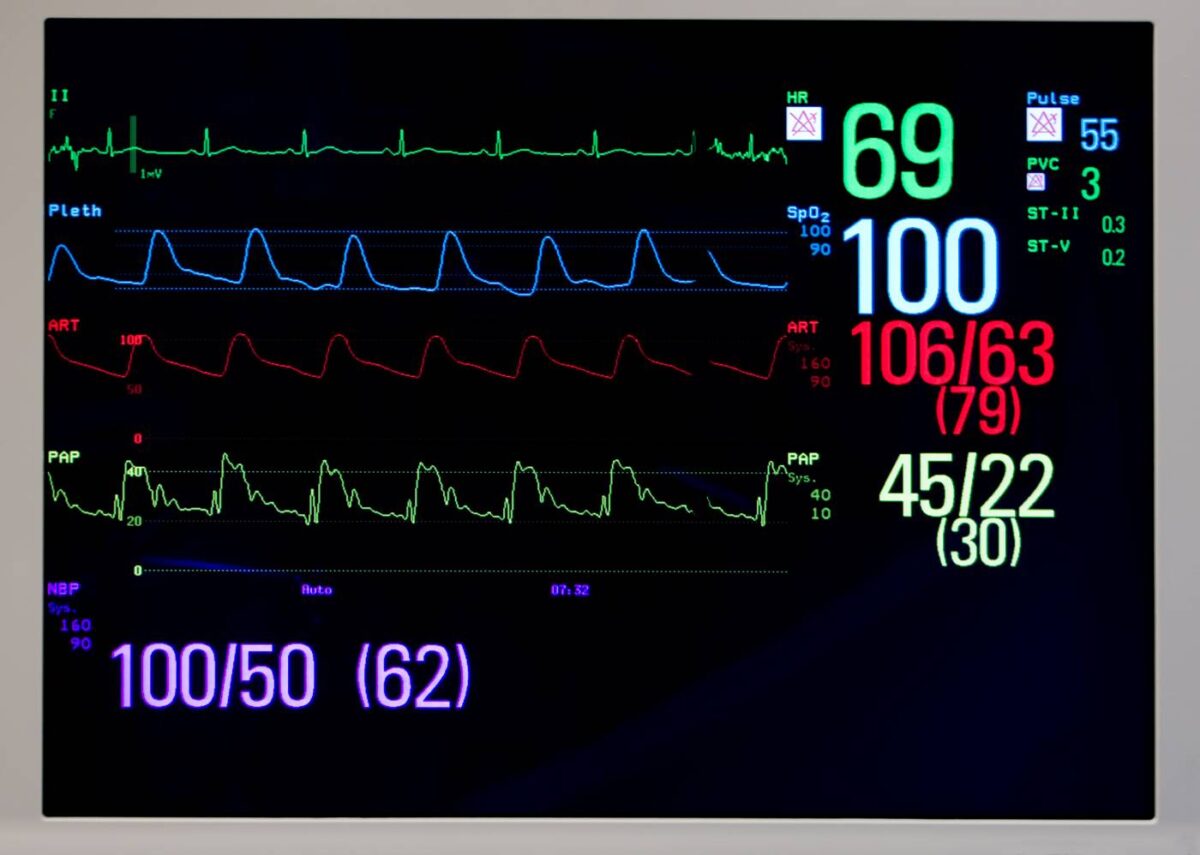The Use of Subcutaneous Nitroglycerin in Radial Artery Cannulation

Radial artery cannulation, commonly performed by anesthesia providers for hemodynamic monitoring or frequent lab analysis, is often complicated by vasospasm, especially when multiple attempts are required. Cannulation of this vessel also carries a higher risk of failure, compared to the larger femoral artery; however, the radial artery is preferred in many cases due to ease of access intraoperatively and a lower incidence of hemorrhagic complications for patients receiving anticoagulation. Use of the radial artery also prevents the need for activity restriction postoperatively, as is often required when the femoral artery is accessed.
Multiple prophylactic measures against vasospasm have been studied, including nitroglycerin administration via multiple routes (sublingual, topical, subcutaneous). Vasospasm is the most common cause of failed catheterization, making vasodilators theoretically useful in this setting. The concern with systemic delivery is iatrogenic hypotension, which is often problematic in patients who require invasive hemodynamic monitoring. Topical delivery often requires significant lead-time in administration prior to cannulation attempt, which can complicate a busy preprocedural workflow. Subcutaneous administration, alternatively, allows for delivery of the medication just prior to its intended onset of action and prevents systemic effects.
Researchers have studied these methods in both adults and children, finding subcutaneous nitroglycerin to be effective in facilitating timely return of pulse after vasospasm. In 2006, Pancholy, et al. demonstrated a mean time to return of pulse of 3 minutes and 8 minutes for subcutaneous and sublingual nitroglycerin respectively. In the control group, a mean of 18 minutes was required for return of radial pulse. All of these differences were statistically significant. There was also a 90% and 100% return of pulses for sublingual and subcutaneous nitroglycerin respectively, while only 71% of control subjects had return of pulse without treatment. Candemir et al., subsequently studied the effect of subcutaneous nitroglycerin on arterial cannulation in 2009, and likewise found significantly increased pulse scores, decreased cannulation time, and increased sonographic vessel diameter. Less vasospasm and thrombosis were also noted when nitroglycerin was used, however, this did not reach statistical significance.
This year, Jang et al. published a double-blind randomized controlled study that assessed this effect in the pediatric population, but compared nitroglycerin to normal saline, injected over the vessel using ultrasound guidance. The nitroglycerin group demonstrated a significantly higher first attempt success rate and larger caliber vessel as seen with ultrasound. Of note, the administration of subcutaneous nitroglycerin also significantly reduced the overall complication rate associated with arterial cannulation. Of the available studies on this subject, all results have been encouraging in demonstrating a significant benefit to subcutaneous administration of nitroglycerin prior to arterial cannulation attempts.
References
1. Candemir B, Kumbasar D, Turhan S, et al. Facilitation of radial artery cannulation by periradial subcutaneous administration of nitroglycerin. J Vasc Interv Radiol. 2009;20(9):1151-1156. Accessed Aug 8, 2020. doi: 10.1016/j.jvir.2009.05.034.
2. Jang Y, Ji S, Kim E, et al. Subcutaneous nitroglycerin for radial arterial catheterization in pediatric patients: A randomized controlled trial. Anesthesiology. 2020;133(1):53-63. Accessed Aug 8, 2020. doi: 10.1097/ALN.0000000000003308.
3. Pancholy SB, Coppola J, & Patel T. Subcutaneous administration of nitroglycerin to facilitate radial artery cannulation. Catheter Cardiovasc Interv. 2006;68(3):389-391. Accessed Aug 8, 2020. doi: 10.1002/ccd.20881.
